Heritage Action Zone Scheme: Walworth Road, South London
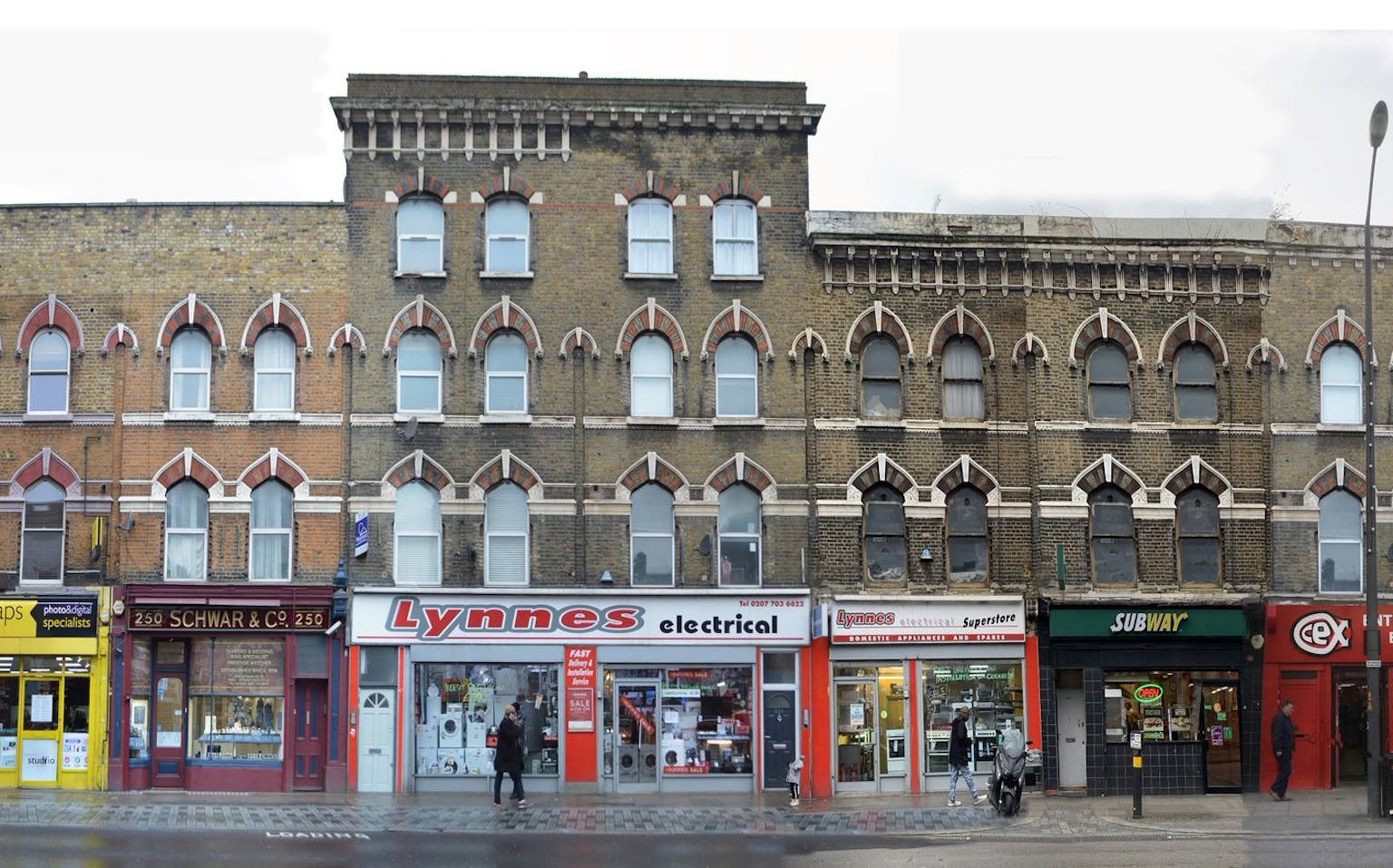
The Heritage Action Zone scheme seeks to breathe life into England’s historic town centre conservation areas which are at risk, with the promise of unlocking their potential. Part of the scheme is the High Streets Heritage Action Zone programme, which provides £95 million across 68 high streets fueling economic, social and cultural recovery. From increasing the historic site’s visibility and setting, through to repairing and ensuring the buildings are safe, our team are understanding the architectural heritage of the Walworth Road in South London.
Here, Architect from Purcell’s London studio, Louise Mark, discusses our work and the potential to illuminate the special character and heritage of the buildings across the area.
Historic England has identified 20 town centre conservation areas across the UK, as part of the Heritage Action Zone scheme (HAZ). These are areas that have heritage value, but whose character and significance has been eroded over time. One Action Zone within the scheme is the Walworth Road in South London, where we have been working with Historic England and the London Borough of Southwark to revive the historic townscape.

The Walworth Road conservation area is bordered by a number of other conservation areas, all are designated because of their architectural and historic merit. The HAZ scheme is centered on the historic high street conservation area, focusing on a group of buildings clustered to the north around the historic ‘village centre’, at the intersection with East Street and to the south, the ‘Southern Gateway’ connecting Camberwell to the Walworth Road and city beyond.
The HAZ area is home to many diverse communities, and home to the famous East Street market, an annual Latin festival and artists’ quarter, making this a lively part of South London for locals and visitors alike. The architecture, as visible today, is a result of a period of speculative development from the late 18 Century onwards, through to the rapid industrialisation in the mid 19 Century. This was followed by progressive social housing and a growing civic identity in the late 19 Century, to Post-War social housing and now the current pressure for new homes evident today.
Originally, Walworth was a small hamlet consisting of a manor house surrounded by orchards. Today, the high street serves a vibrant community, with chain shops situated next to independent cafes and well-established local services. The 1838 Schwar & Co Jewellers, 1860s Sir William of Walworth pub and a former 1840s piano factory are examples of the range of historic buildings that illustrate the culture and community of a time gone by, (as well as the rather dilapidated South London Press building which hints at the early phases of Walworth’s urban growth).
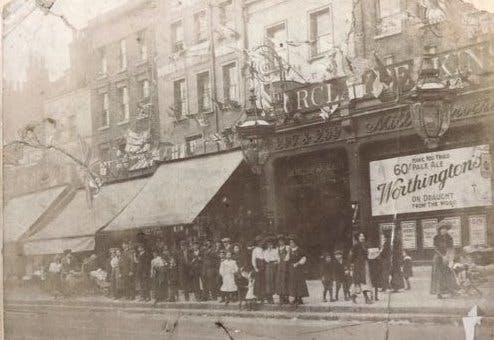
Throughout the area, there are pockets of heritage which are underappreciated yet should be celebrated, the Grade I St Peter’s Church by Soane, the Promenade (formerly the Georgian Bethel Place) with its magnificent console brackets. Many of the buildings have lost much of their significance, with elements of the site’s heritage almost illegible, concealed by modern accretions and unsympathetic adaptations. It is here that Purcell are working with Historic England, LB Southwark and other stakeholders, to understand the site’s potential, and to restore these buildings to their former glory for all to enjoy.
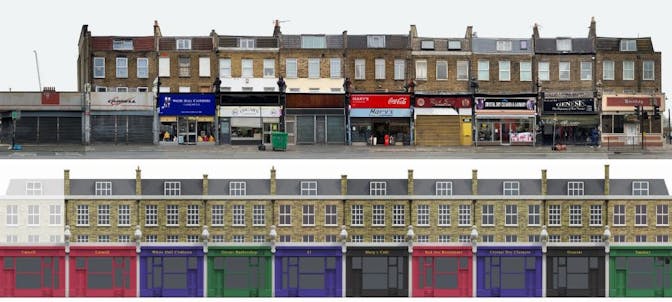
Purcell surveyed 50 properties, assessing both the condition of the historic fabric as well as opportunities for intervention and reinstatement. This has allowed us to identify the individual units and buildings (or groups of) that would benefit the most from repair and investment; in turn ensuring prevention of further decay to some of the most significant buildings, but also to inspire other building owners and the local community to celebrate their shared heritage.
Our work has identified different levels of intervention for the buildings within the conservation area. Out of the fifty buildings, our team have focused on twenty where we feel further investment would have a substantial and positive impact on the locality and provide the community with more insight into the architectural heritage surrounding them. These proposals have been put forward to form the basis for a Partnership Scheme In Conservation Areas application.
The team proposed a clear working methodology from the start, which we developed and refined as the project progressed, the aim being to provide a clear set of recommendations to the client, with built in flexibility, which could in turn be utilized across all HAZ’s, assessing buildings that need urgent repairs through to ‘nice to haves’. From this, future interventions will not only breathe new life into these historically significant sites but also be managed to make the urgent and necessary repairs to ensure these buildings are safe.

Throughout all our work at Purcell, we seek to strike a balance - rediscovering what has been lost, maintaining local character and inspiring community engagement. This balance aims to promote inward investment to these areas by highlighting what can be achieved through the care and appreciation for our shared heritage. Conservation areas, after all, are the most widely accessible form of heritage.
We’ve developed flexible design guide principles for shops to reinstate architectural motifs and re-establish a common language across the conservation area, to unite and celebrate its past while ensuring the Walworth Road of today maintains its diverse character and secures a prosperous future.
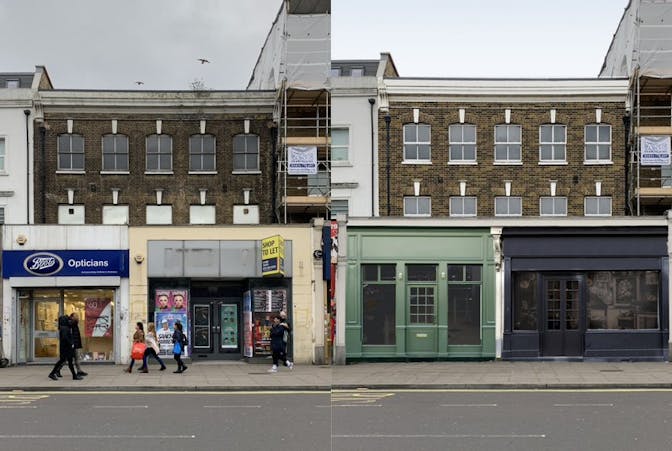
The scope and aspiration of Historic England’s Heritage Action Zones and recently launched High Street Heritage Action Zones across the country is hugely exciting. Unlocking the opportunity of these areas and celebrating their heritage engages people with the local area, instilling a sense of civic pride and inspiring a greater appreciation of their surroundings.
The project PSICA application has recently been submitted by the London Borough of Southwark.
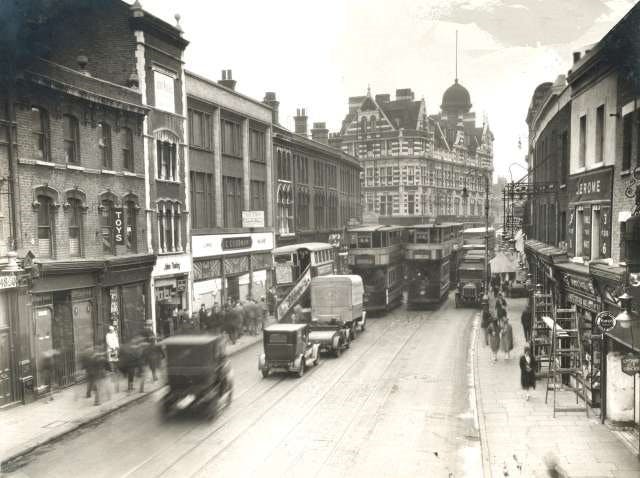
Purcell's Walworth Feasibility Report is very thorough and well-presented. It will be of real assistance in taking forward the wider aim of delivering heritage led regeneration in Walworth. While many high streets face difficult and uncertain times we hope that the clear methodology, attractive visualisations, and flexible options set out in the report will help target and secure the repair and regeneration of historic buildings, support businesses, and ensure local communities can reconnect and value their historic town centre. We are really pleased with the flexibility of the methodology which will enable the priorities and opportunities to adapt to the many challenges faced by the high street.
— Emily Gee, Regional Director, London and South East, Historic England

